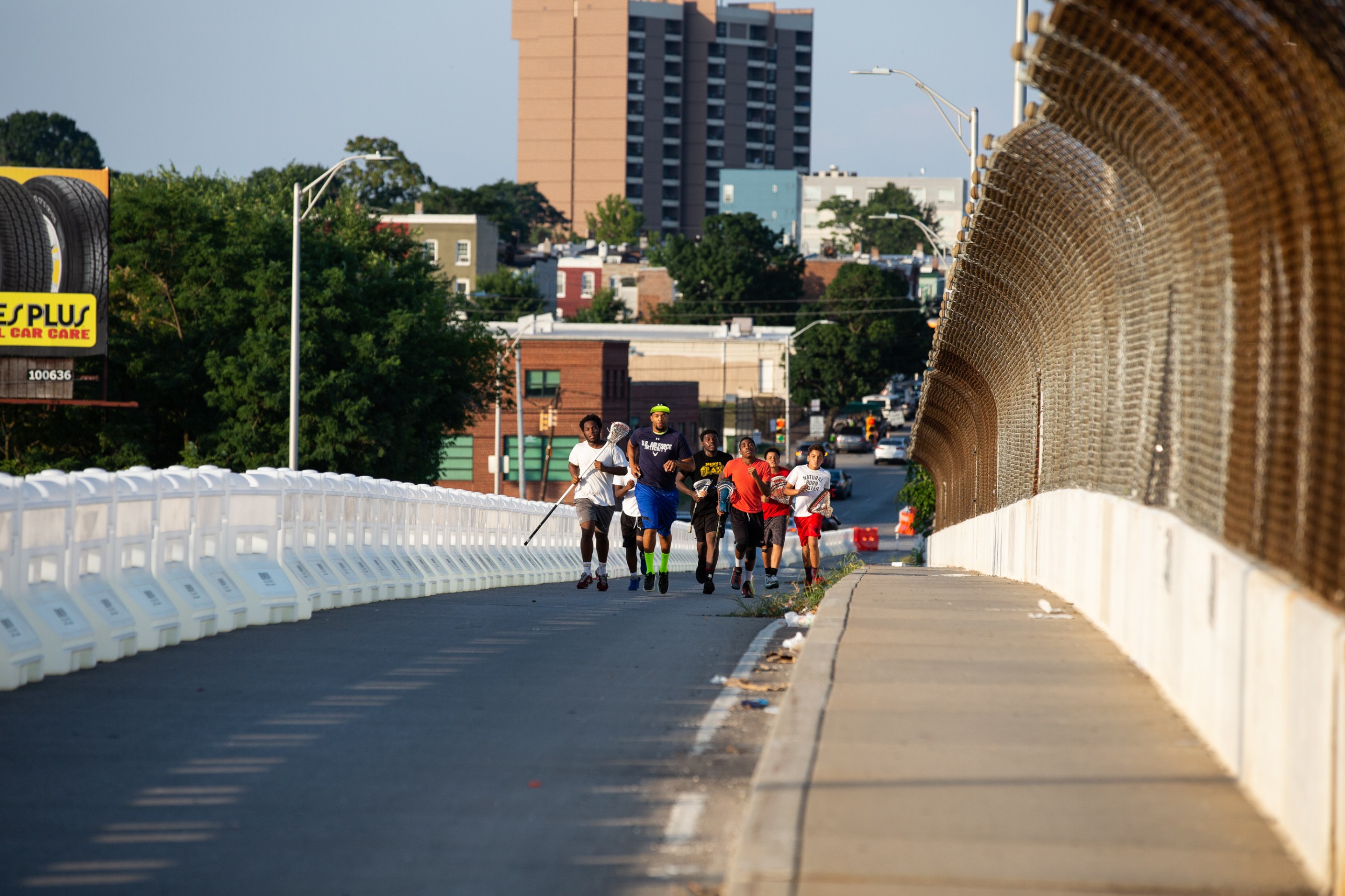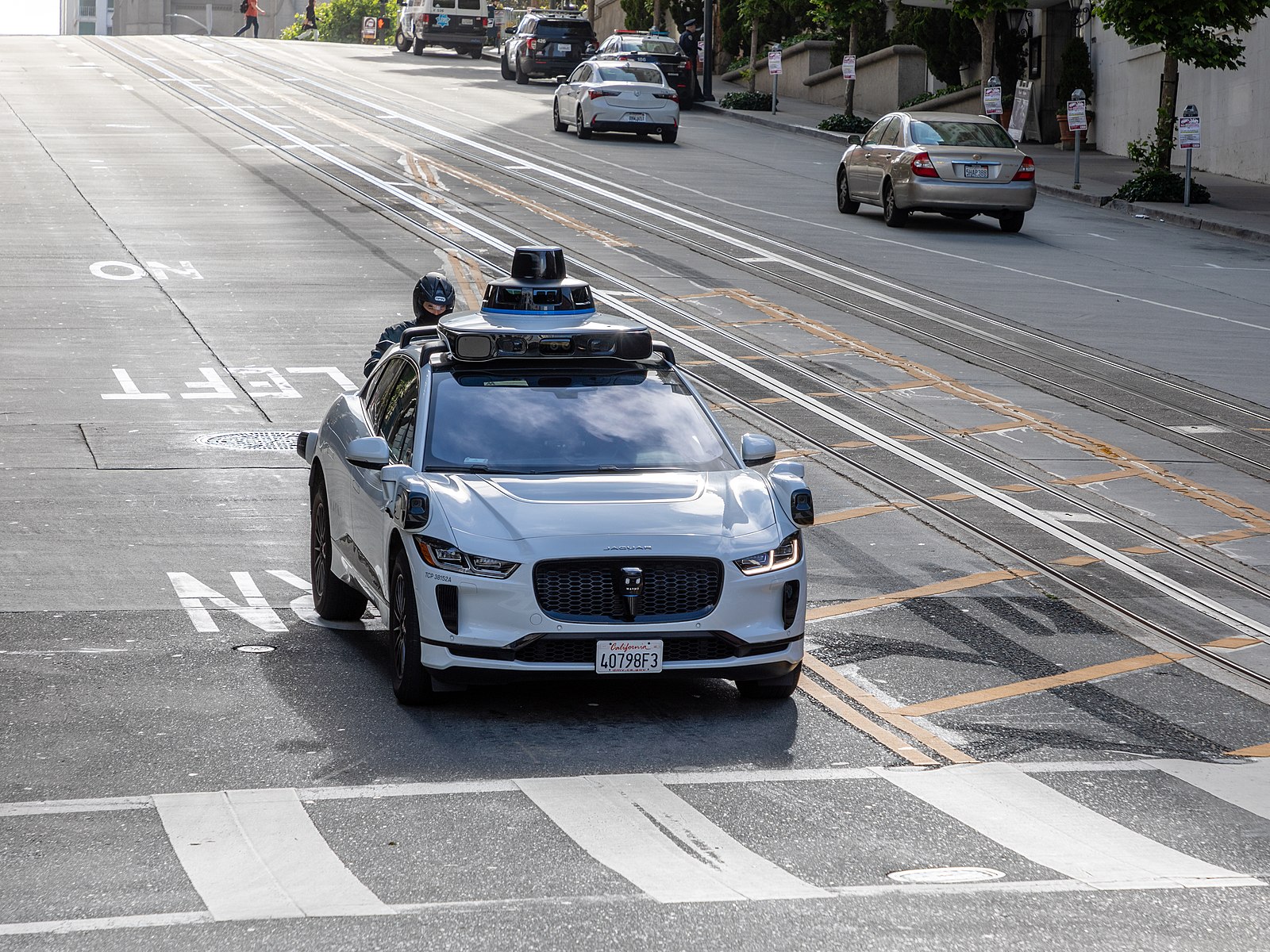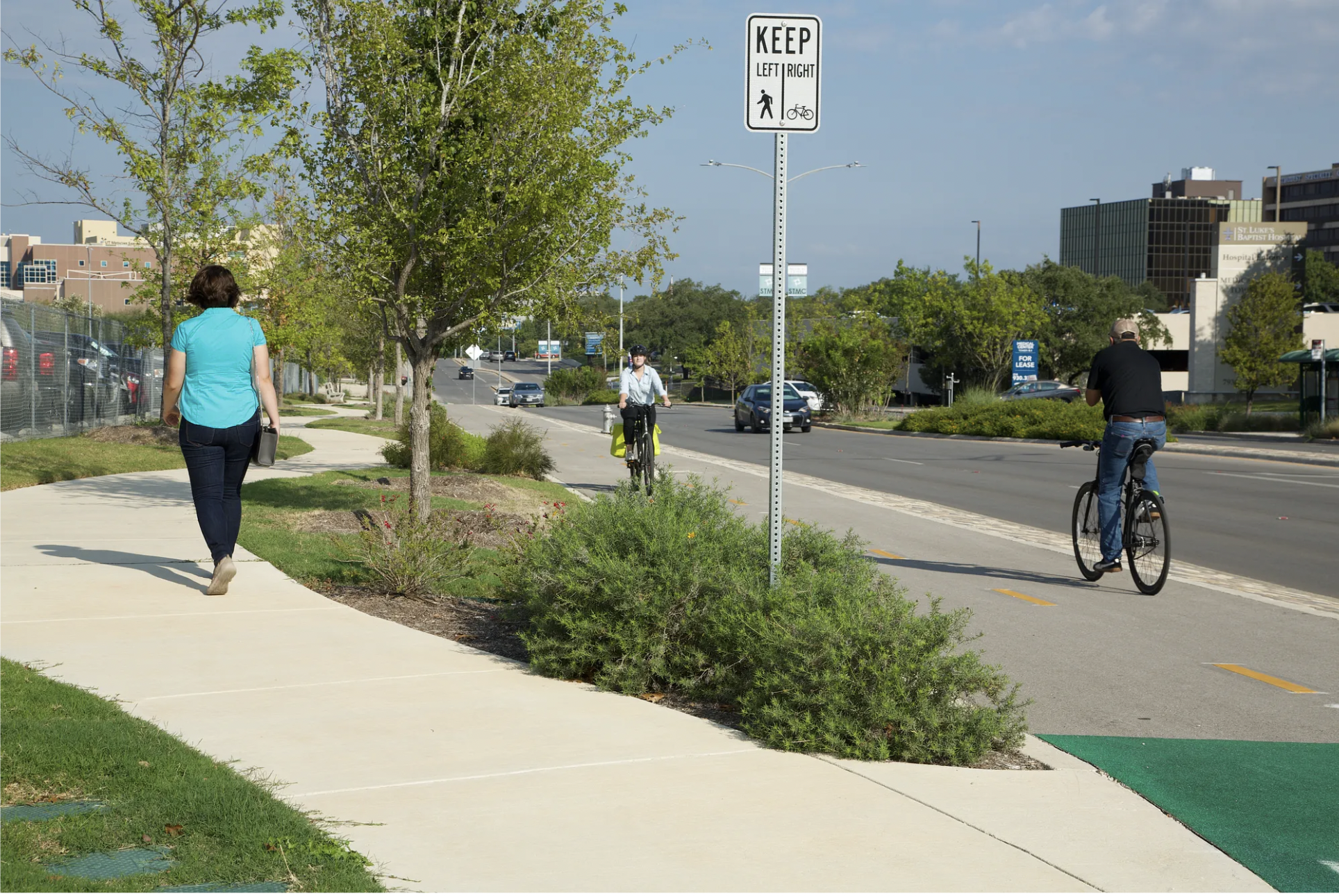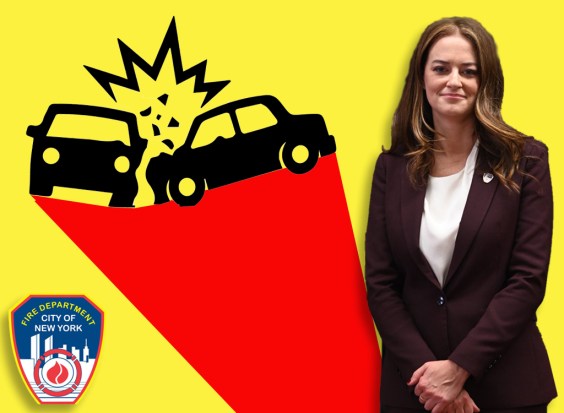Can street design actually promote racial equality? Baltimore is going to find out.
The city's newly passed Complete Streets Ordinance seeks to make streets are safer for all users with design elements such as bike lanes, intersection bulb-outs, narrower lanes — but a stated goal is to ensure that the benefits are greatly expanded in long-forgotten neighborhoods.
"[Road project] money is predominately spent in the wealthier whiter neighborhoods," said Jed Weeks, policy director for Bikemore, Baltimore's bike advocacy organization. "Historically we know we deliberately disinvested in red-lined neighborhoods."
Poorer neighborhoods are far more likely to have households without cars. So the city's past failure to invest in road safety in such neighborhoods means a higher likelihood of crashes in the very areas where there are more pedestrians. Sure enough, state data show that Baltimore, which has just 10.3 percent of Maryland's population, is home to 30 percent of all statewide pedestrian crashes.
"In every historically red-lined, majority African-American community in east and west Baltimore City, the number of households with no vehicle access is greater than 50 percent," said Council Member Ryan Dorsey in an accompanying "justification" document. Those neighborhoods, he added, disproportionately bear the impacts of streets oriented for drivers, such as safety risks and air pollution.
The new policy calls for the planning process itself to be more equitable, though specific details of how the process will be carried out weren't specified in the legislation. But an accompanying guide recommended hiring community groups to lead the Department of Transportation planning process, making sure all meetings are at ADA-accessible locations, and ensuring sufficient translation services. The document also recommended using the "Jemez Principles for Democratic Organizing," which seek to make sure marginalized voices are heard.
The Complete Streets policy will require the city to evaluate the equity impacts of how projects are prioritized through a formal process called an equity gap analysis.
More generally, the policy instructs the city to use the respected National Association of City Transportation Officials' Urban Street Design Guide, plus a handful of other progressive street design manuals to ensure that all streets in the city are safer.






